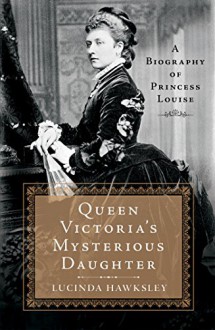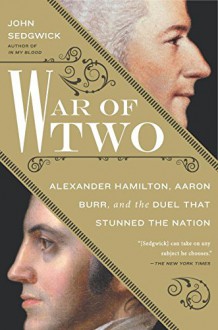
As she’s already proved in The River of Doubt and Destiny of the Republic, Candice Millard really knows how to tell a gripping story, and this account of young Winston Churchill’s incredible prison escape during the Boer War made me postpone all other activities as I stayed glued to its pages, but--as with her other titles--the event that inspired the book isn’t the only thing that makes Millard’s telling so interesting. For me it’s maybe not even the primary thing, though it’s true that episodes like Churchill desperately leaping onto a moving train and hiding out for days in a pitch-black, rat-infested coal mine were the parts that kept my heart racing.
But the insights into the history and cultural norms of the peoples involved in the story were even more fascinating for me than Churchill’s harrowing escapades. Millard gives concise but detailed backstories of the too complacent British and their empire in the waning days of Victoria’s rule, the fiercely independent and resourceful Boers who after a hundred years felt bound and entitled to the lands they’d settled in southern Africa, and the native African tribes of the area, including the Zulu and the Xhosa, some of whom had inhabited the space for thousands and thousands of years.
The book also gave me a deeper understanding of Churchill’s character, in all its admirable and infuriating glory. The roles of Mahatma Gandhi, Nelson Mandela (who lived years after the Boer War) and a number of officers in the British and Boer military are also well described, and the influences or thoughts of Catherine the Great, Kaiser Wilhelm II, Theodore Roosevelt, and the American President William McKinley are noted. All three of Millard’s books cover the late nineteenth century and/or early twentieth century, an era that to the benefit of her readers she seems to know well and is certainly able to bring to life.
I read an advanced review copy of this book supplied to me at no cost or obligation by the publisher. Review opinions are mine.

 Log in with Facebook
Log in with Facebook 










